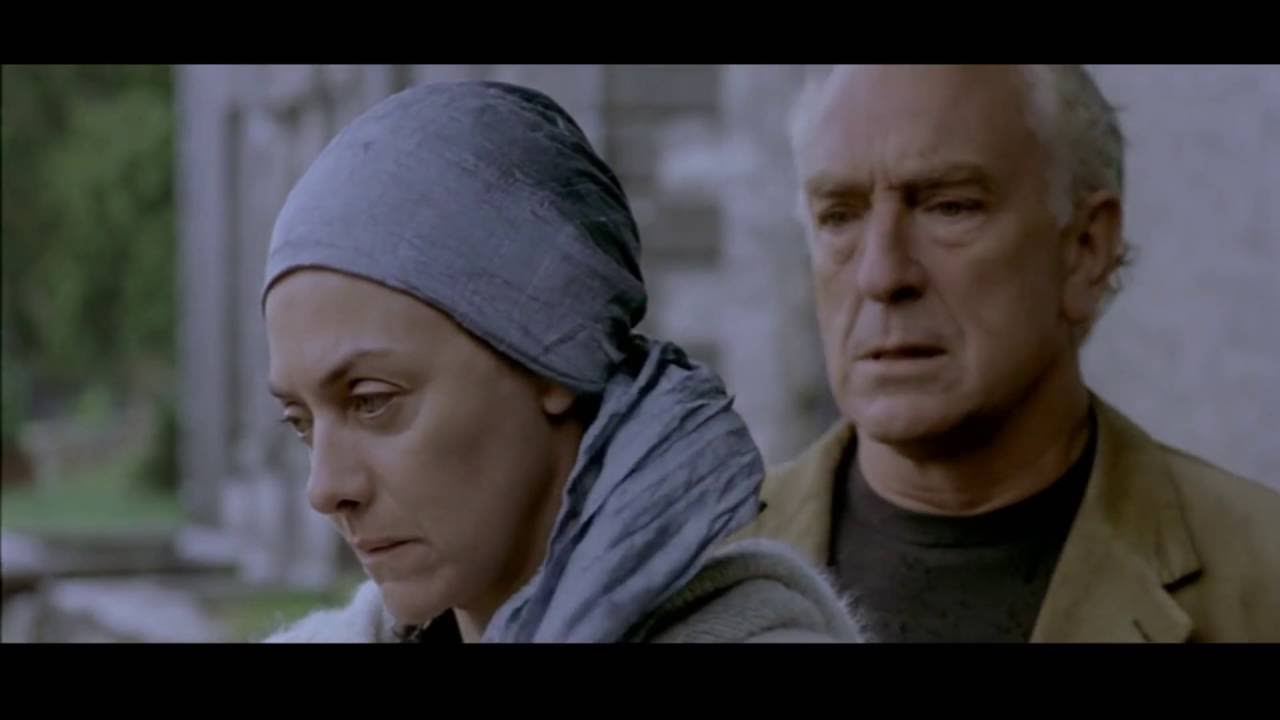By Chlotrudis Independent Film Society
Rating: 1 cat
Director: Tjebbo Penning
Starring: Diana Kent | Eric van der Donk | Marcel Faber | Paul Freeman | Susan Lynch

Country: netherlands
Year: 2004
Running time: 94
IMDB: http://www.imdb.com/title/tt0379176/combined
Barbara says: “I didn’t like this movie at all despite some pretty scenery of the Irish countryside. I found it very disjointed and rather cruel. Paul Freeman has one expression throughout and the longer I watched him, the more I disliked him. There is a little twist on the love/betrayal theme but I thought it was distasteful.”
Bruce says: “This review of MORLANG contains spoilers which you should read so that you have a good excuse not to see the film. The film is as poorly edited as any film I’ve seen. The acting is stiff and the dialogue stilted. The plot, however, is very interesting. This is one film which Hollywood could improve upon.
“Julius Morlang is a successful British painter (imagine Lucien Freud morphed into Francis Bacon) who is happily married to Ellen (Diana Kent) who is his model and muse. Wim Giel (Eric van der Donk), his dealer for many years, has found a wunderkind named Janson (Marcel Faber) who has the goods to become the next big thing in the art world. Giel suggests to Morlang that he should look for new direction in his work. Morlang responds, ‘Does that mean I’m passé?’
“Ellen does some promotional work for Janson and poses in the nude for him. That, of course, leads to sex which Ellen is more than happy to toss in Morlang’s face. In despair Morlang retreats to their castle in Ireland. On the plane he meets a young woman named Ann. For a number of days she becomes his model for new work. Ellen comes to Ireland to convince Morlang to return to England. She also drops the bomb that she has had a brain scan. Together Morlang and Ellen hear the news that she
has a tumor and that it may be terminal. Malignancy is confirmed and Ellen decides she cannot go on. Morlang suggests a dual suicide because he cannot face life without her. Minutes later he hears a phone message that a misdiagnosis has been made and Ellen has a chance to be treated.
“The film begins with a kerchief-headed Ellen looking into the camera saying, ‘I’m making this film because I want to explain some things. Don’t feel guilty. It’s nobody’s fault.’ So we know from the beginning that a video tape is involved in the plot. What we don’t know is that Morlang has tricked his wife into taking poison and only she dies. He never tells her about the phone call.
“Much of the film takes place two years after Ellen’s death when Morlang is married to Ann. His studio is ransacked. A photo of Ellen and Morlang is pinned to his easel with ‘Don’t feel guilty. It’s nobody’s fault,’ written across it. As he has a triumphant comeback show Morlang hears from Giel that Janson has suffered from his success and has had a breakdown. When he returns to Ann, Janson is there showing her Ellen’s videotape.
“The film is edited so that we are spoon-fed information at the director’s whim. Perhaps this has been done in the name of art or perhaps it was done to salvage a film that would have no commercial or artistic value were the story to unfold in a straightforward manner. Some notable films have been salvaged in the editing room. I’m sure none of them had the challenge of camouflaging so much bad acting and so many boring scenes. Had this film been edited by chimpanzees (the ones who would eventually type War and Peace given enough time) something interesting might have come of it. At least we would have had the chimpanzee angle to talk about. 1 cat”
